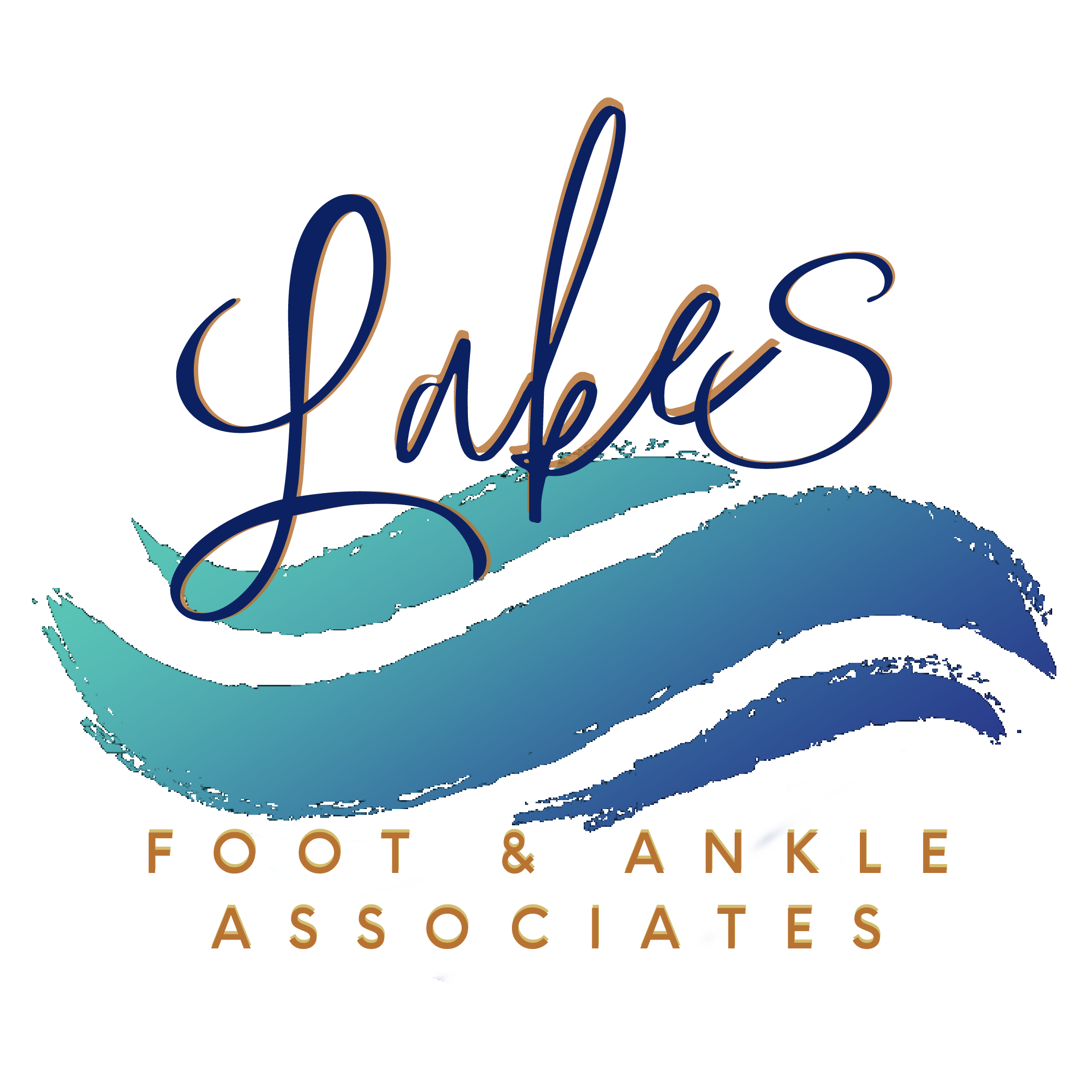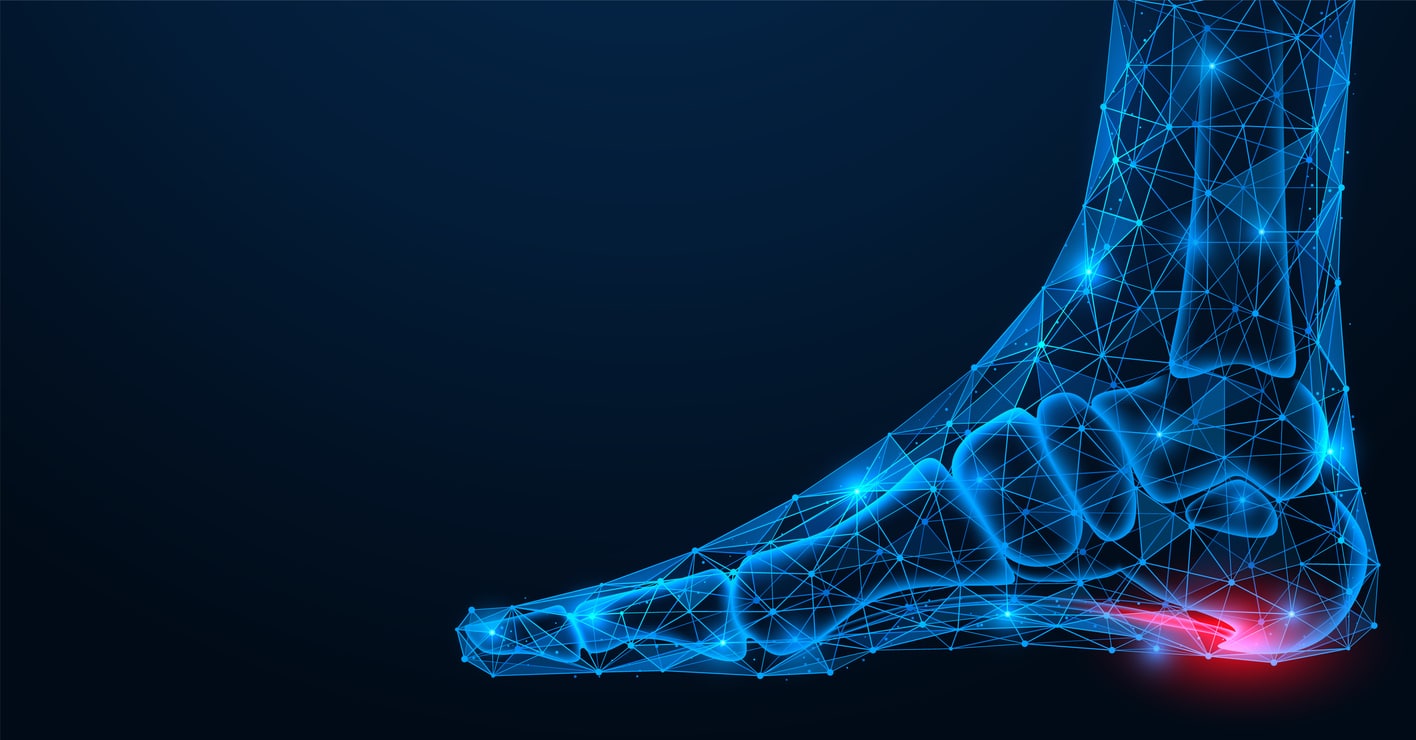At Lakes Foot and Ankle Associates, we’re in the business of healing painful foot conditions. But that doesn’t mean we want you to suffer an injury!
Our patients are our family, after all, and we want what’s best for them. And when it comes to heel pain, the best outcome is to not get it in the first place. The second-best outcome is to make sure that after you treat it, it never comes back.
Unfortunately, there’s a lot of chronic heel pain in our society. About one in four Americans will struggle with it at one point or another. But the good news is that you absolutely can reduce your risk by being smart.
Best Strategies to Prevent Heel Pain
Heel pain is a lot more complex than you might think it is. There isn’t just one diagnosis, or a single simple possible cause. Tons of factors can contribute to symptoms—everything from what you wear, to how you play, to even what you eat!
In other words, if you want to make your risk of heel pain as low as possible, you might need to consider multiple strategies.
Here are some of the things you should do.
Wear the right shoes.
Giving your feet the support, cushioning, and protection they need for your activities is crucial. In today’s world, you’re going to be spending most of your day on hard, flat, unforgiving surfaces, and your feet are probably going to need some help.
Ask yourself:
- Do my shoes fit? You’d be shocked at how many people are wearing shoes that are the wrong size each and every day. Always measure your feet and try before you buy to make sure your shoes fit comfortably—snug enough to not slide around on your feet, but with enough space to avoid pressure, pinching, and friction.
- Are they appropriate for my activity? You can have a great, comfortable, supportive pair of nice dress shoes, but that doesn’t mean you should play basketball in them! Shoes serve different purposes and respond to different forces based on the specific sport or activity they are designed for. Even the “right” shoe might not be right if you wear it for the wrong sport!
- Are they in good shape? Shoes will break down over time. Even if you keep them clean and polished on the outside, the midsoles will still slowly compress, the heel counter will soften, and the vamp will loosen and you’ll therefore gradually lose optimal shock absorption, mechanical control, and arch support.
Maintain a healthy body weight
Gravity makes a bigger difference than you might think when it comes to your heels.
It’s not just that all your weight is concentrated on a small area over a brief period of time. There’s also the fact that impact forces can reach several times your body weight, especially during jogging, sprinting, or jumping.
If you are overweight or obese, getting back to a healthier weight for your body type can make an absolutely huge difference.
Pace yourself
Going from zero to 60 on a new sport, new workout routine, or new job that requires a lot more standing and walking than before can easily trigger an outbreak of heel pain.
Whenever you can, start easy and work your way up to new levels of activity slowly. This allows your body (and heels) to gradually adjust to the new intensity level, as you get the rest time you need up front while your body slowly gets stronger and more resistant to injury.
On top of that, make sure you cross-train and build rest into your schedule. Running five or six days a week, for example, is a great way to end up with heel pain. But running two or three times a week, while engaging in low-impact exercise on other days, may provide greater benefits with less pain.
Adjust your environment
If you work a job where you are on your feet all day—teacher, construction worker, healthcare, etc.—you are probably very familiar with the sensation of sore heels at the end of a long day.
But there may be some ways you can adjust your environment or your daily habits to reduce pain and strain. Take full advantage of breaks to rest your feet and put them up. You might also consider placing a rubber mat at your workstation to soak up some of that downward pressure.
Seek out your local podiatrist
Or in other words, us.
Remember what we said—heel pain is complex. There are tons of possible causes. And unfortunately, the Internet is full of misinformation about the best course of action for your heel pain. Even if the site has good information, it still might not be the right diagnosis or the right time.
In short, there’s no substitute for a clinical evaluation from foot experts who know what they’re doing, and have the training and technology to do it right.
If you have a history of heel pain and you really, really don’t want it to come back, make sure you schedule an appointment with us.
We’ll isolate the problem, and then make sure you get the right treatment at the right time—whether that’s with custom orthotics, MLS laser therapy, a personalized stretching program, injections, sports medicine taping … whatever you need.
And of course, it goes without saying that we’ll also make sure you have the smarts and tools you’ll need to prevent that heel pain from coming back, too.
So don’t be shy! If you want to keep heel pain away for good, give us a call. You can schedule your appointment at our Commerce Township office at (248) 360-3888.
| Monday | 8:00am – 4:30pm |
| Tuesday | 9:00am – 4:30pm |
| Wednesday | 8:00am – 4:30pm |
| Thursday | 8:45am – 6:00pm |
| Friday | 7:30 am – 4:00pm |
| Saturday | – Closed – |
| Sunday | – Closed – |



